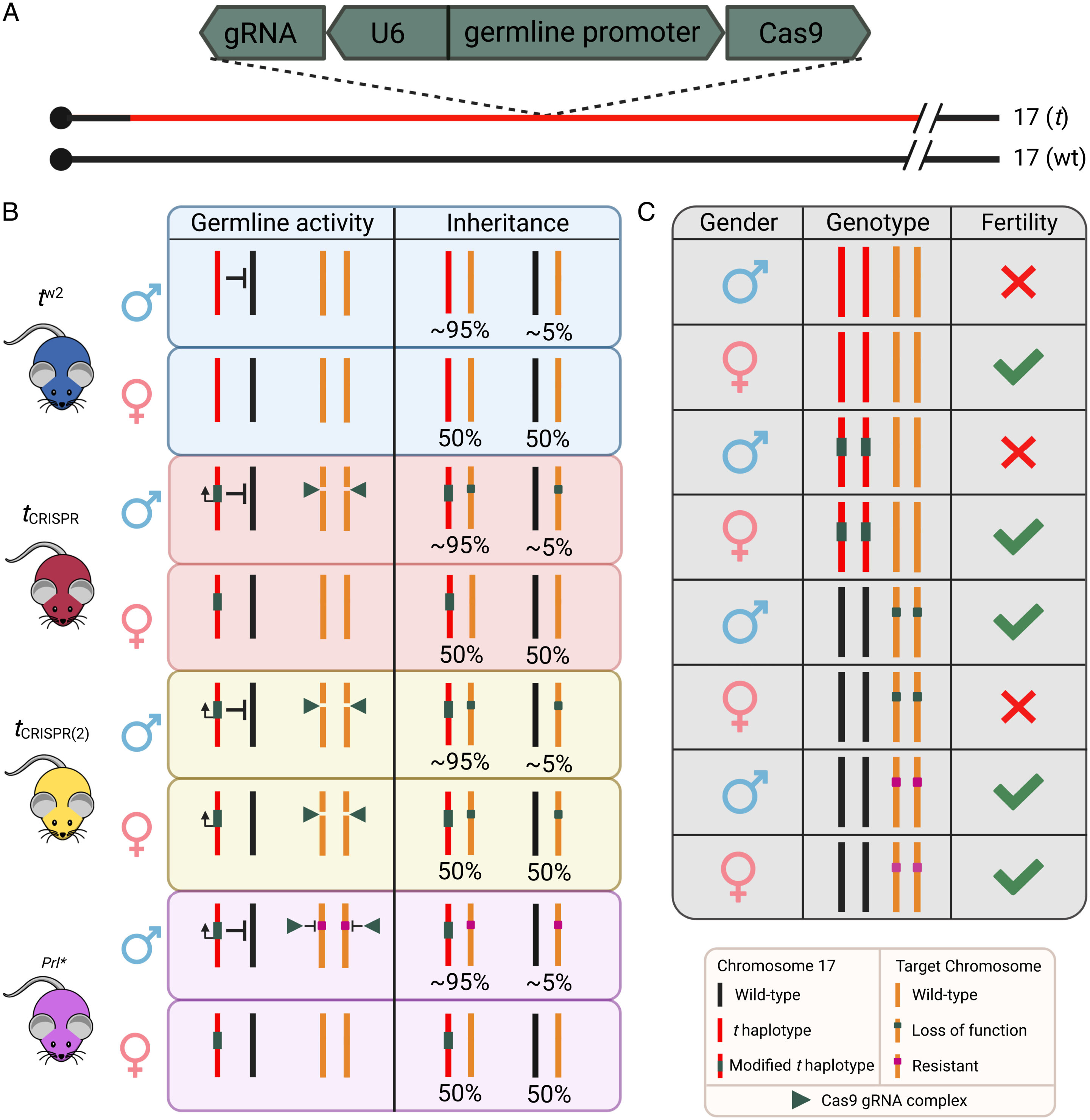Gene drive technology to suppress invasive mice
Date: 11.11.2022
Researchers at the University of Adelaide have released their first findings on the potential effectiveness of revolutionary gene drive technology to control invasive mice.
 The team has developed a world-first proof of concept for the technology – called t-CRISPR – using laboratory mice. Using sophisticated computer modeling performed by co-first author Dr. Aysegul Birand, the researchers also found about 250 gene-modified mice could eradicate an island population of 200,000 mice in around 20 years.
The team has developed a world-first proof of concept for the technology – called t-CRISPR – using laboratory mice. Using sophisticated computer modeling performed by co-first author Dr. Aysegul Birand, the researchers also found about 250 gene-modified mice could eradicate an island population of 200,000 mice in around 20 years.
"This is the first time that a new genetic tool has been identified to suppress invasive mouse populations by inducing female infertility," said lead researcher Professor Paul Thomas from the University of Adelaide, and the South Australian Health and Medical Research Institute (SAHMRI).
"The t-CRISPR approach uses cutting-edge DNA editing technology to make alterations to a female fertility gene. Once the population is saturated with the genetic modification, all the females that are generated will be infertile. "We are also developing new versions of t-CRISPR technology that are designed to target specific pest populations to prevent unwanted spread of the gene drive."
Post-graduate student Luke Gierus, a co-first author of the research paper, said t-CRISPR was the first genetic biocontrol tool for invasive mammals. "Up until now, this technology has been aimed at insects to try and limit the spread of malaria, which causes up to 500,000 deaths worldwide per year," Mr. Gierus said.
Image source: Gierus et al. (2022), PNAS.























